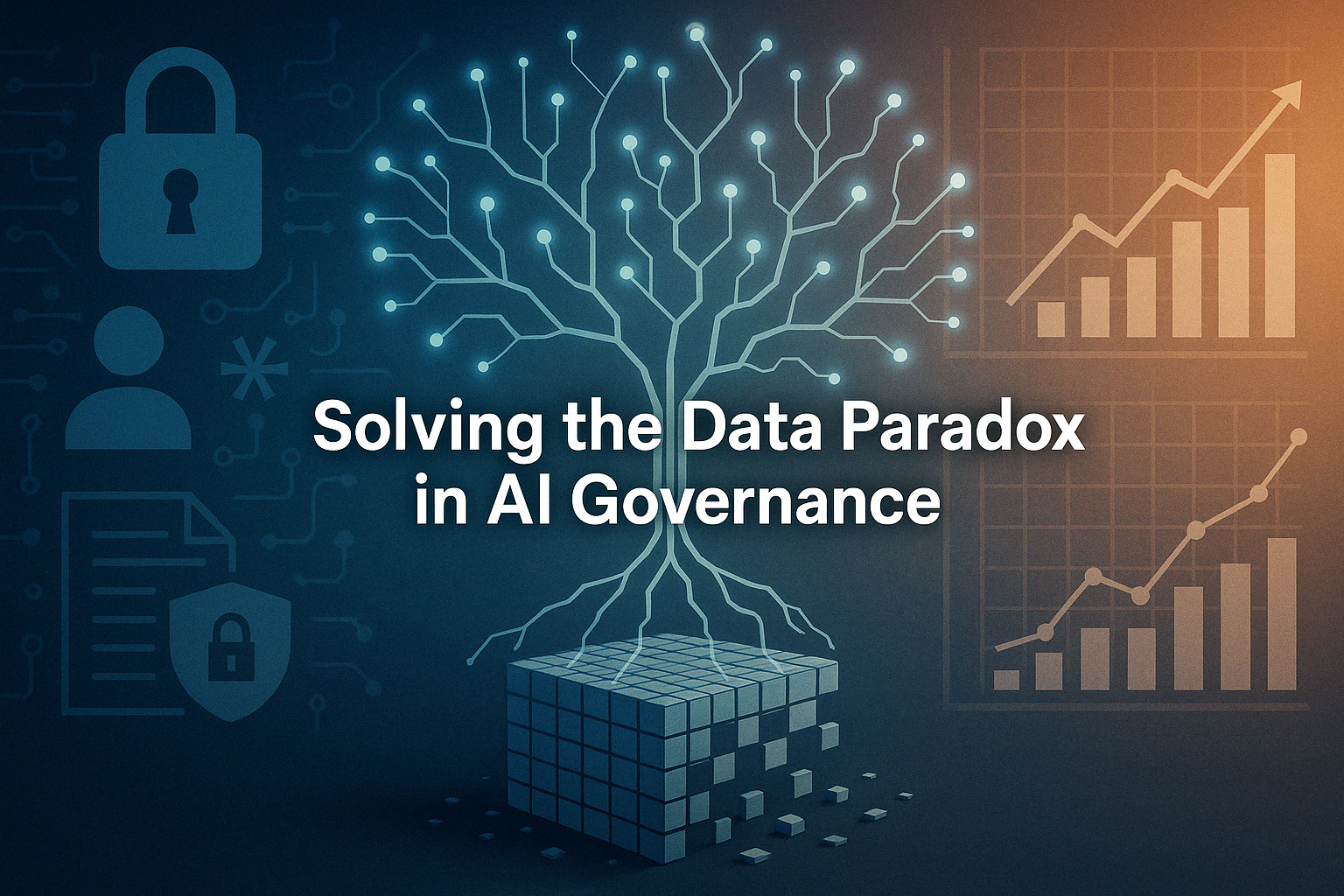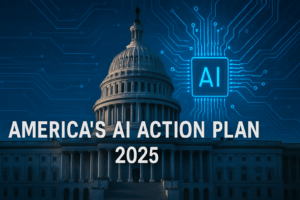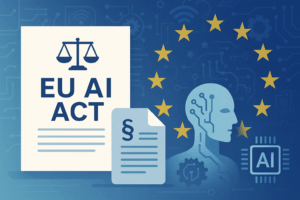Artificial intelligence systems thrive on data. The more diverse and extensive the training set, the more accurate and adaptable the model. But privacy regulations like the GDPR demand data minimization, purpose limitation, and short retention periods. This contradiction between legal principles and technical requirements lies at the core of the Data Paradox.
As part of our ongoing series on AI governance paradoxes, which has already explored transparency and regulatory fragmentation, this article focuses on how organizations can reconcile privacy requirements with the performance needs of machine learning systems.
Understanding the Data Paradox
Machine learning models require access to large, varied, and representative datasets to learn patterns, improve over time, and reduce bias. However, modern data protection frameworks enforce strict constraints on data collection and use.
Under GDPR, organizations must only collect the data necessary for a clearly defined purpose, use it only for that purpose, and delete it once it’s no longer needed. Retaining data just in case it might improve future models is not permitted under most interpretations of the law.
This creates a core tension: AI development often requires more data than privacy regulations allow. Models risk becoming undertrained, biased, or inaccurate if data is too limited or retention periods are too short for proper evaluation and retraining. The paradox becomes particularly problematic when compliance obligations and performance targets are treated as competing goals rather than part of a shared governance framework.
Why the Paradox Matters for AI Governance
AI governance teams often sit at the crossroads between legal compliance and technological ambition. Data protection officers and privacy counsel must ensure adherence to minimization and retention rules, while AI engineers and data scientists push for longer access to broader data sets.
If governance leans too far toward minimization, model accuracy and fairness may decline. Without sufficient data, systems are more prone to bias, poor generalization, and reduced responsiveness to edge cases. Conversely, collecting or storing too much data, especially without adequate consent or purpose definition, risks breaching privacy laws and damaging user trust.
This misalignment has practical consequences. It can result in internal conflict, project delays, and fines from regulators. It also complicates cross-functional collaboration, as legal teams and AI developers often operate with fundamentally different assumptions about what “good” data governance looks like.
Legal and Technical Tensions in Practice
Data minimization and AI performance are not easily reconciled. One example is the need for ongoing model retraining. Most high-performing AI systems improve over time by learning from new data. However, data retention limits may require organizations to delete inputs before they can be used for model updates.
Another challenge is the use of sensitive data. Information on race, gender, or socioeconomic status can improve fairness in model training—but processing such data may be legally restricted or require explicit consent. Even anonymization, a potential workaround, becomes less effective in complex datasets, where re-identification risks remain high.
These tensions highlight the need for governance frameworks that move beyond basic compliance to actively bridge the gap between technical objectives and legal requirements.
Strategies to Navigate the Data Paradox
Organizations can take several practical steps to manage this paradox without sacrificing compliance or performance. These include using innovative technical methods, rethinking data practices, and integrating governance earlier in the development lifecycle.
One useful strategy is to generate synthetic data—artificially created datasets that retain statistical characteristics of real data without containing personal identifiers. This allows models to train effectively while minimizing privacy risks.
Federated learning is another solution. Instead of centralizing data for model training, the model is trained across decentralized devices or systems. This reduces the need to transfer or retain raw data while still benefiting from distributed learning.
Integrating legal and compliance reviews into the data pipeline design phase helps avoid costly rework later. Finally, organizations should align data retention policies with model retraining schedules, ensuring necessary data is preserved lawfully and purposefully.
These approaches demonstrate that governance doesn’t need to limit innovation—it can guide it.
What Regulators Expect in AI Data Practices
Privacy regulators focus on necessity and proportionality when evaluating AI data practices. They expect organizations to explain why each type of data is collected, how it supports the system’s purpose, and whether its use is essential for the stated objective.
Regulatory frameworks increasingly encourage the adoption of privacy-preserving technologies. Documentation of model training parameters and dataset composition is also becoming more important, especially in high-risk AI applications.
It’s not enough to claim a system needs data. Regulators want evidence that data use has been minimized to the greatest extent possible without undermining function. They also look for transparency around what data is used, how long it’s retained, and whether individuals can access or delete their information.
By aligning data governance with these expectations, organizations can reduce compliance risk while supporting model performance.
Designing Data-Conscious AI from the Start
The best way to resolve the Data Paradox is to anticipate it during system design. Instead of treating data collection as an open-ended resource, teams should define data use scopes clearly and early, using privacy principles as design constraints.
Ethics and compliance checklists can be integrated into data engineering workflows to ensure legal and ethical reviews happen alongside technical development. Teams should document known trade-offs—for example, reduced model accuracy due to limited access to sensitive data—and outline how they plan to mitigate them through design, testing, or stakeholder engagement.
Governance frameworks that include these practices help organizations align legal, technical, and ethical objectives from day one. This proactive alignment builds trust, streamlines compliance, and strengthens system performance over time.
Conclusion
The Data Paradox highlights one of the most persistent challenges in responsible AI development. On one side is the need for vast, varied data to support high-performing machine learning models. On the other is the legal imperative to protect individuals’ rights through data minimization, transparency, and accountability.
Governance teams must recognize that this is not a temporary conflict. It reflects a long-term need to integrate privacy and performance goals into a unified strategy. Doing so requires collaboration between AI developers, legal experts, and business leaders, all aligned around the shared responsibility to develop data-conscious, lawful systems.
Data-conscious design is not a limitation on innovation. It’s the foundation of ethical, sustainable AI.






